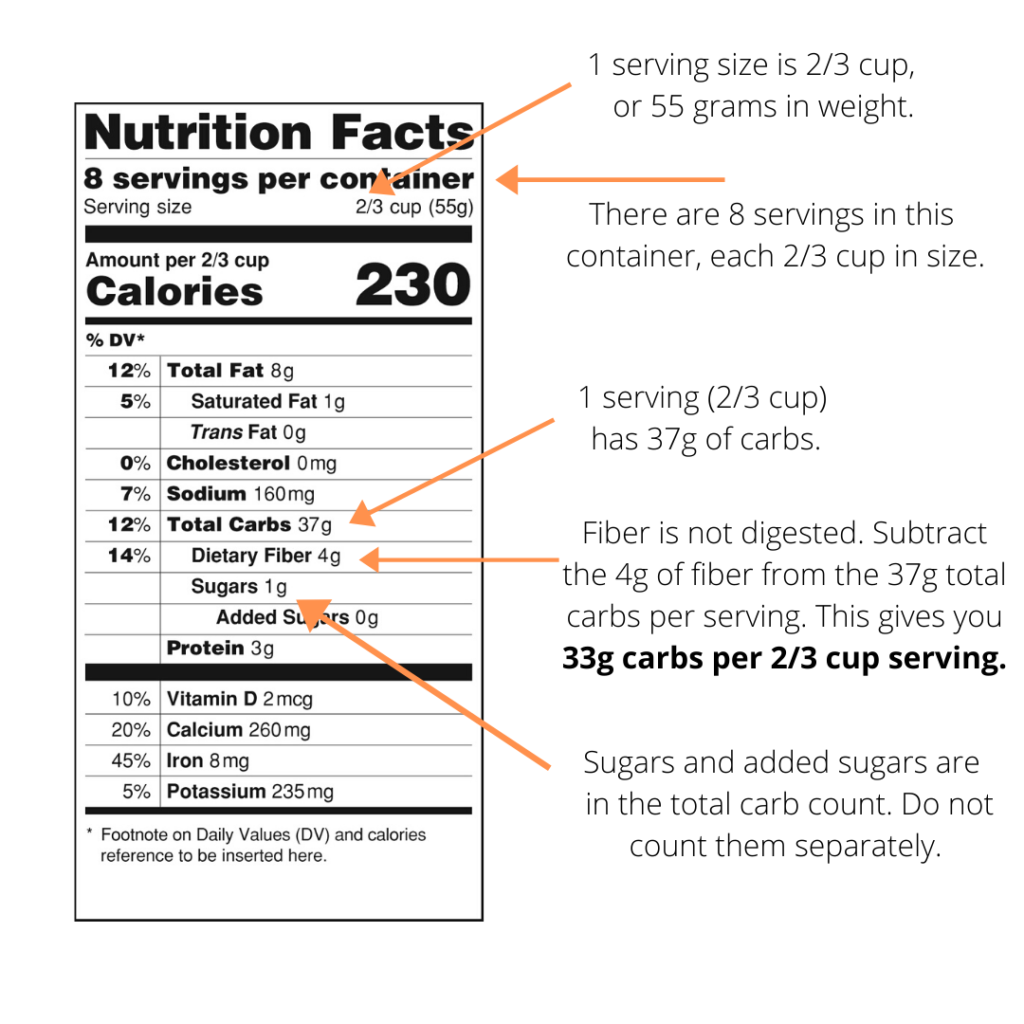Everybody knows what causes prediabetes. It’s eating too many carbs, right? Those donuts and cookies pack on the inches and can lead to a sugary downfall.
That’s true for some, but what about the people with prediabetes who are moderate in their diet choices, or don’t have an obvious trigger? How do they end up in the mess with the rest of us?
The answer could lie in a few directions:
Monogenic diabetes (or prediabetes) makes up less than 5 percent of all reported cases of diabetes.[i]
Humans have approximately 20,500 genes.[ii] Genes are a small part of our DNA that determine things like our hair color and eye color.
Type 1 and type 2 diabetes are the result of several genes changing or mutating – they’re polygenic. In the case of monogenic diabetes, only one gene has changed or mutated.
If it’s the right one, a single mutated gene is enough to make it difficult for some bodies to create the necessary amount of insulin or to create well-functioning insulin. If the insulin can’t control the blood sugar, this can lead to prediabetes or even full-blown diabetes.
Monogenic diabetes presents itself primarily as neonatal diabetes mellitus (NDM) or maturity-onset diabetes of the young (MODY).[iii]
NDM usually occurs in babies under six months of age, although it has been diagnosed in older babies. It may be temporary, or it may be a lifelong battle.
MODY occurs in older children and even young adults. It might never move beyond a prediabetic stage, or it might be quite severe, depending on which gene has mutated.[iv]
Because such cases are rare, they’re not always properly diagnosed.[v]
If you have been diagnosed with type 1 or 2 diabetes, but you’re not ticking all the typical boxes for that diagnosis, ask your provider if genetic testing would be appropriate. Proper diagnosis of diabetes is important to find the most effective treatment options.
Schizophrenia and other severe mental illnesses may be linked to the development of prediabetes/type 2 diabetes.[vi]
The connection may be genetic, or lifestyle choices, lack of medical care, antipsychotic medication, or a host of other factors.
Medications, both prescription and over-the-counter (OTC), may be responsible for your prediabetes.[vii] A chat with the healthcare professional who prescribed your medication as well as the pharmacist who filled it, or who sold you the OTC drug, is worth your time. It could be that a different medication will provide the same benefit but not elevate your blood sugar.
Latent autoimmune diabetes in adults (LADA)[viii] is sometimes called type 1.5 diabetes, because it has characteristics of both type 1 and type 2 diabetes. Some scientists believe it’s a subtype of type 1 diabetes, while others believe it’s a stand-alone type. Because it comes on later in life, it tends to get misdiagnosed as type 2 diabetes.
Those living with LADA find that their pancreas stops producing enough insulin and eventually, months or even years after diagnosis, regular insulin shots are required.
Gestational diabetes mellitus (GDM) develops during pregnancy and generally goes away after delivery. It acts the same way in our bodies as prediabetes[ix], and puts those affected at high risk of developing full-blown diabetes at some point in life.
There are other forms or types of diabetes, including brittle diabetes, cystic fibrosis-related diabetes, chronic pancreatitis-associated diabetes, and Wolfram syndrome.
They have complicated relationships with type 1 or type 2 diabetes, or diabetes is only one of many symptoms characteristic of these conditions.
Does knowing what’s causing your prediabetes matter? Yes. If they know exactly what’s causing your prediabetes, or diabetes, your healthcare professionals have a better chance of figuring out the best treatment for you. Even if that treatment is to knock off the donut bingeing and get on a treadmill once a day.
Your primary healthcare provider has to know a lot about a lot, but it’s not easy staying on top of the details of every ailment. If you are diagnosed as prediabetic, it’s worth your time to visit a specialist in diabetic care, such as an endocrinologist.
Find out if the root cause is too many donuts, or something else. If it’s something else, the specialist will be able to determine what that something else is, and figure out the most effective treatment options for you.
[i] NIH/National Institute of Diabetes and Digestive and Kidney Diseases, Monogenic Diabetes (Neonatal Diabetes Mellitus & MODY), https://www.niddk.nih.gov/health-information/diabetes/overview/what-is-diabetes/monogenic-neonatal-mellitus-mody, (March 20, 2019).
[ii] NIH/National Human Genome Research Institute, An Overview of the Human Genome Project, https://www.genome.gov/12011238/an-overview-of-the-human-genome-project/, (March 20, 2019).
[iii] https://www.niddk.nih.gov/health-information/diabetes/overview/what-is-diabetes/monogenic-neonatal-mellitus-mody.
[iv] Hormone Health Network, Monogenic Diabetes, https://www.hormone.org/diseases-and-conditions/diabetes/types-of-diabetes/monogenic-diabetes, (March 20, 2019).
[v] The Baltimore Sun, University of Maryland School of Medicine researchers are studying a rare form of diabetes. https://www.baltimoresun.com/health/bs-hs-monogenic-diabetes-20151203-story.html, (March 20, 2019).
[vi] Wiley Online Library, World Psychiatry Official Journal of the World Psychiatric Association (WPS), Diabetes mellitus in people with schizophrenia, bipolar disorder and major depressive disorder: a systematic review and large scale meta-analysis, https://onlinelibrary.wiley.com/doi/full/10.1002/wps.20309, (March 20, 2019).
[vii] Diabetes In Control, 390 Drugs That Can Affect Blood Glucose Levels, http://www.diabetesincontrol.com/drugs-that-can-affect-blood-glucose-levels/, (March 20, 2019).
[viii] American Diabetes Association, Diabetes Spectrum, Recognizing and Appropriately Treating Latent Autoimmune Diabetes in Adults, http://spectrum.diabetesjournals.org/content/29/4/249, (March 26, 2019).
[ix] Thomas A. Buchanan, MD, email to author, March 27, 2019.




